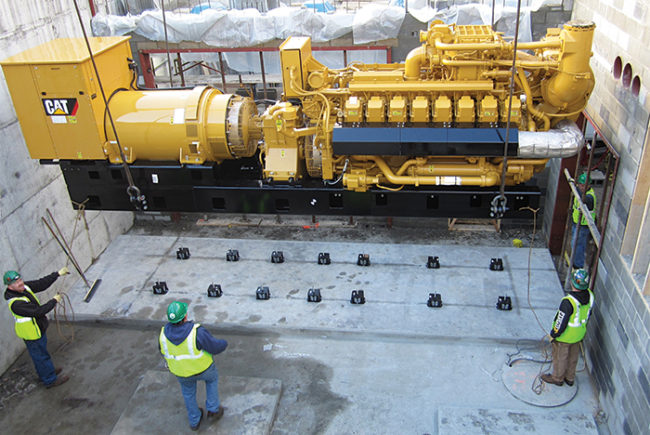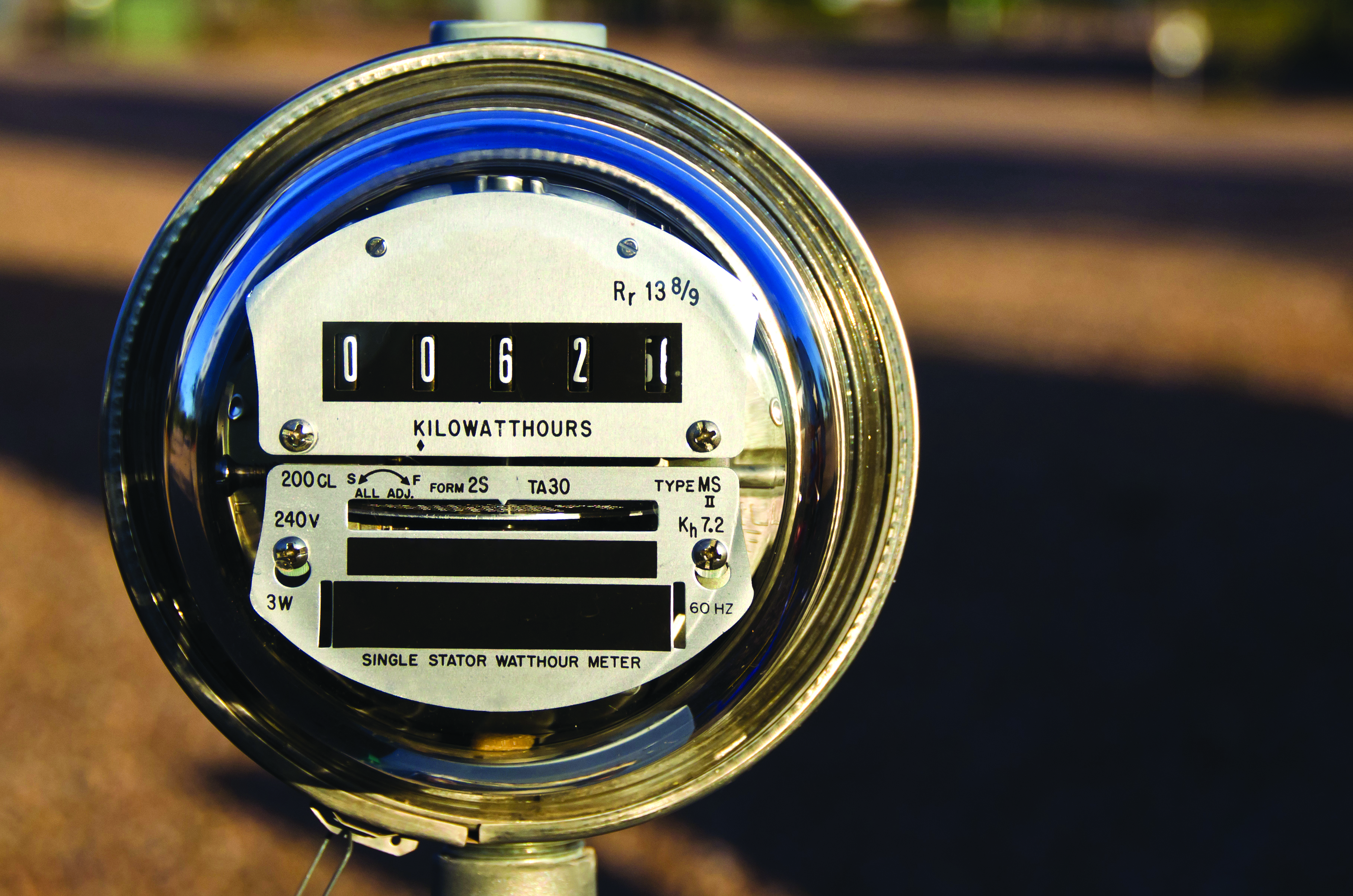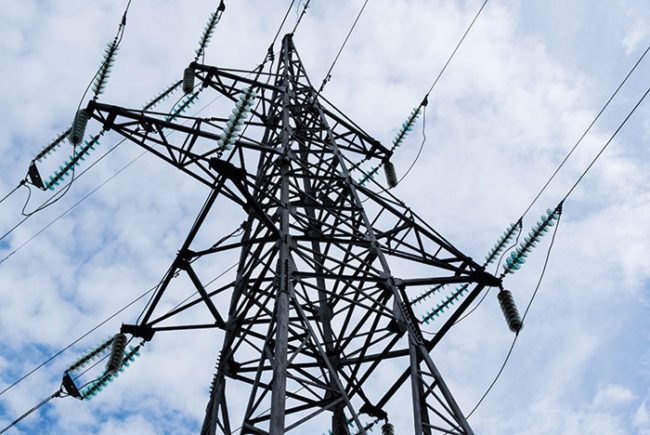
Facilities professionals can recognize potential errors and savings opportunities by acquiring an understanding of the various components of electricity bills.
Many health facilities professionals are faced with the need to cut costs without compromising their core mission. On average, energy costs make up roughly half of an institution’s annual facility operating budget, so taking steps to reduce energy consumption and cost can make a significant impact.
Also in this article: |
| Understanding electricity rate variables |
|
|
One of the best places to start is by reviewing utility bills. Understanding the components and complexities of a utility invoice can give a health care facility the advantage it needs to make utility rate structures work for them and reduce cost with little to no capital investment.
Invoice complexities
In its most simplistic form, a utility rate is a mechanism for utility companies to recover their cost with a reasonable return on their investment. But when looking at a most recent utility invoice, one may think it is anything but simple.
Energy-efficiency initiatives, regional wholesale energy markets, decoupling, regional transmission organizations and independent system operators all have contributed to more complex rate structures and rider costs.
Investor-owned utilities are mandated by the public service commission to be transparent about the way in which rates are structured, and customers are given rates that make sense for them; however, it is not the responsibility of the utility company to ensure that each customer is on the optimal rate.
Facilities professionals can recognize potential errors and savings opportunities by acquiring an understanding of the various components of the utility bill itself, using rate books and other information available on the utility companies’ websites, and investigating which riders and taxes are applicable to a particular facility or system.
Electric bill components
Each bill contains both fixed and variable components, including the customer charge, usage charge, demand charge, riders and taxes. These components are determined by a number of factors, including facility size, rate structure, tax-exempt status, peak demand and others.
Customer charge. The customer charge is a flat fee paid each month and used by the utility company to recover costs like metering, billing and other administrative expenses. This charge is paid by every customer and is determined by rate structure. The cost is generally minimal and is required for each customer.
Usage charge. The usage charge is based on how much energy a facility consumes for a given period. On an electricity bill, this is the number of kilowatt hours (kWh) used each month. For customers that are on a standard structure, the usage charge is calculated at a fixed rate per kWh, so the best way to have a positive impact on this cost is to ensure that equipment is operating efficiently through retrocommissioning and the implementation of energy cost-reduction measures (ECRMs).
For customers with a time-of-use factor, including those on interruptible service rates, the usage charge has on-peak and off-peak components, so the rate fluctuates depending on the time of day or year. For example, there is a higher demand for electricity at 2 p.m. on a Wednesday in the summer than there is on a weekend, at night or during the winter months, so the rate increases during this time because of the increased demand.
In addition to ensuring the efficient operation of equipment, customers with fluctuating rates can use certain infrastructure technology to shift as much consumption as possible to off-peak times as an easy and effective way to reduce cost.
A common application for large facilities is the use of thermal storage, in which a facility uses its chillers to create ice during off-peak demand times and stores it for use later in the day. This allows for reduced consumption during peak demand periods by using less energy from the chillers and relying on the thermal storage to supply cooling.
Another way customers can impact their usage charge is by being aware of when there is a proposed rate increase by the utility company and getting involved in the process to advocate for the best solution for both customers and the service provider.
Demand charge. While the usage charge is based on a time component, the demand charge is calculated using a power component. Because the utility company must have enough infrastructure to supply adequate services to all customers at the same time at maximum demand, large institutions often pay a demand charge based on the maximum required electricity at any given time.
Depending on the utility company, this rate may simply be calculated using actual, real-time demand, or it could be based on a demand ratchet, which can be reset on an annual basis, a rolling six-month basis, or any other specified time frame. With demand ratchets, customers are charged the rate for the peak demand they set during that time period, regardless of whether they are consuming that amount of energy at all times.
Managing this charge can have a significant impact on the overall cost of electricity service. Fortunately, this can be accomplished in a number of low-cost ways.
Retrocommissioning and ECRMs can considerably lower a facility’s peak demand. This peak shaving not only ensures the efficient operation of equipment, but also considers which equipment could be shifted to operate during off-peak times. This method is effective for customers billed on actual demand, as well as those with demand ratchets.
For customers with demand ratchets, master metering is an effective way to reduce demand charges. For health care facilities with campuses that have been built up over time, it is common to have separate meters for each building or area of the campus.
Because each meter will peak at different times and levels, the sum of those peaks usually will be higher than if they were combined and the customer was only billed for one peak demand. Through either combined billing or by tying the meters together to a single point of service, master metering provides a cost-effective solution for lowering demand charges.
For customers on an interruptible service rate [see sidebar, this page], choosing to transfer from third-party utility service to on-site generation during peak demand is another option to manage demand charges. To do this, it is important to understand how much diesel fuel is required to run the generators on campus, what the efficiency of the equipment is, and the cost of fuel.
Customers that exceed the established peak during a given demand ratchet time frame are subject to excess demand charges and often will have to pay for the higher peak during the next demand ratchet period, which can greatly increase electricity costs.
When compared with the cost of the demand ratchet, it may be worthwhile to transition off the grid during certain peak demand times. It is important to have a good relationship with the utility representative. In the event that a higher peak is reached that is not common and only lasts for a short period, a facilities professional with a good relationship with the utility representative could ask that the spike be forgiven to avoid resetting the demand charge for the next demand ratchet period.
Riders. Riders are additional charges that recover a specific cost aspect for the utility company. For example, an electric company in Louisiana may have a hurricane storm recovery charge that is in place to offset any costs incurred as a result of outages during hurricanes. These charges are quantified and charged to each customer based on the amount of energy they consume.
Riders fall into two categories: usage-based and demand-based. Usage-based riders are calculated using the rate and consumption, and demand-based riders are calculated using the rate and actual demand. In many cases, the cost to an institution will fluctuate from month to month if the rider is based on real-time pricing or market rates of fuel.
In some cases, credit riders may be applied to give back overages from a previously collected rider. This occurs because utility companies are only allowed a certain negotiated return above the actual costs incurred. Understanding the various riders and the stipulations that determine which customers receive them are important aspects to ensuring that an institution is billed correctly.
This is particularly beneficial for energy-efficiency program riders. Energy-
efficiency program riders are charged by many utility companies as an incentive pool used to fund energy-efficiency projects for customers. These were created because it is more cost effective for the utility companies to reduce the load on their systems than it would be to build new infrastructure to support higher demand from customers.
With the rider, the utility company will pay a portion of certain projects that result in reduced consumption by their customers. For customers with this rider, it is imperative to understand and use it to its full advantage. Facilities professionals should research the available energy-incentive programs through the utility company’s website, or contact the utility representative for details on eligible projects.
In some instances, a large facility may be paying more into the energy-efficiency program through the riders than it could possibly recover from taking advantage of the program, especially because customers are locked into most rider programs for a number of years if they take incentives from the pool. In those cases, a facility should look into opting out of the program.
Opting out often requires providing proof to the utility company that the customer is still implementing energy-efficiency initiatives that would not have been covered by the rider, and that those initiatives are effective in reducing consumption.
Measurement and verification are crucial for these projects. In many cases, continuous interval/smart metering is available through the utility company for a small fee, which allows customers to track usage accurately.
Taxes. The final part of an electric bill is the tax section. It seems simple enough, but this is a common area for mistakes on a bill, because hospitals are often charged for taxes that they shouldn’t be paying. Most nonprofit and federally or state-run hospitals are exempt from paying federal or state taxes.
Validating a facility’s tax-exempt status and ensuring that it is correct on the utility bill is a simple way to save costs if an error is discovered. For instances in which an institution has been paying unnecessary taxes, much of that cost can be recuperated, depending on how long and how much was paid.
Proactive approach
By understanding the components of the utility bill, the rates and riders available, and ways to reduce consumption and cost, health care facilities can be proactive in their approach to planning through investing in energy-efficiency initiatives, identifying and correcting errors or preparing to intervene as regulation procedures are established.
Rachel Poff and Garrett Hensley are energy analysts at Bernhard TME, Little Rock, Ark.





